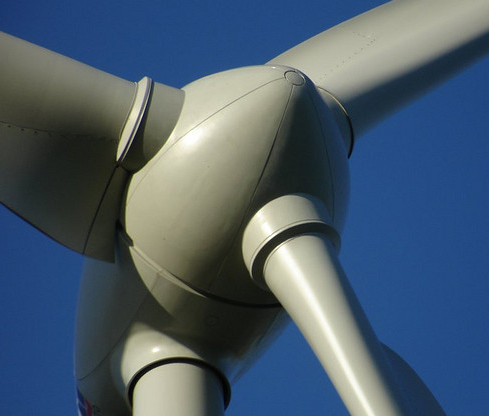New Scientist
Image: hddod
IT’S Friday afternoon and the sun is shining. Perfect weather for sunbathing, picnics and ice cream – but for Germany, a sunny day can also offer a significant power boost. In fact, on this particular Friday in May last year, the country’s 1 million solar panels, many belonging to private homes, generateda world record 22 gigawatts of electricity. That’s enough to supply the country’s economy with a third of the power it needs on a working day – pretty impressive for a country that isn’t exactly renowned for its sunny climate.
Solar power is a big part of Germany’s green revolution or “Energiewende”, which has seen the country’s renewable energy industry go from strength to strength. Back in 2000, the country generated barely 6 per cent of its electricity from renewable sources, mostly hydropower. By 2012, that figure had soared to 22 per cent, on the back of investment in biofuels, wind turbines and, in particular, solar power. Already, the German government has pledged to generate 35 per cent of the country’s electricity needs from renewable sources by 2020, rising to 80 per cent by 2050.
But to meet those targets, the Energiewende is undergoing a revolution of its own. New research networks that link researchers across Germany – and young companies with fresh ideas – will be key in ensuring that the chemists, physicists and engineers who have driven the country’s energy revolution, along with new recruits, can see it through. Read more on newscientist.com…








